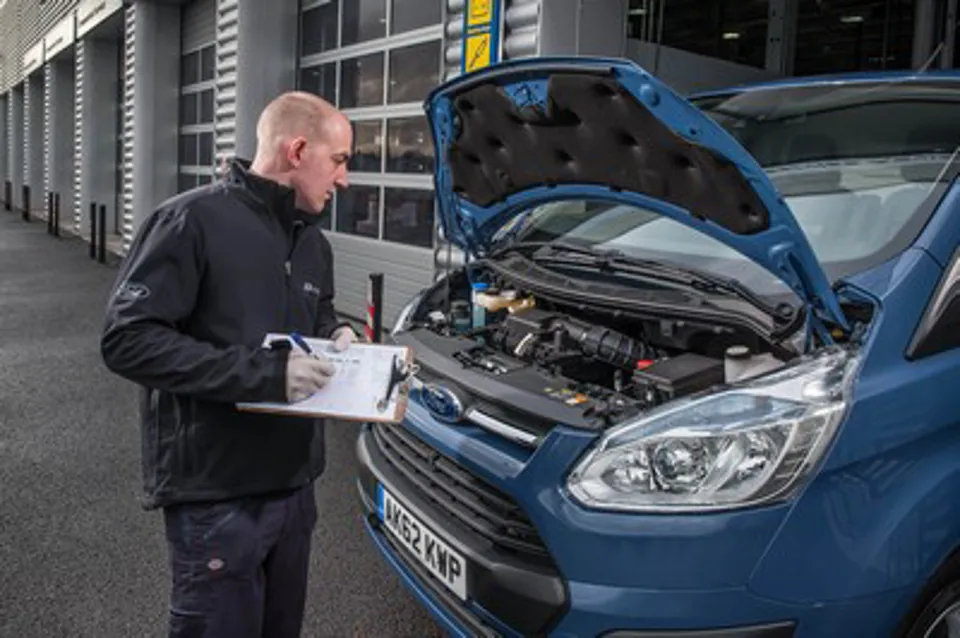Once again that all adds up to the uncertainty surrounding future SMR costs as contract hire and leasing companies use their expertise to accurately forecast future spend.
When vehicle reach 3.5-four years old and mileage averages 20-25,000 miles a year there are the ‘usual’ component failures typically relating to wear and tear items such as clutches and shock absorbers.
However, Dilley also pointed to what he called ‘shadowy’ components such as air conditioning gas sensors that failed because they have a finite life and can provide expensive to replace.
“Historically at three years/60,000 miles the failure of such components was unlikely to be an issue, but that has changed,” he said.
Twenty years ago leasing companies worried about how long a catalytic converter would last and when would an engine control unit have to be replaced.
But, said Dilley: “Those fears proved to be unfounded, but leasing companies still made financial provision for those items to be replaced in the event of failure because they were high cost items that would have a major impact on SMR budgets.”
He says that the compulsory introduction of tyre pressure monitoring systems (TPMS) is the next technology breakthrough that is causing contract hire and leasing company concern as its impact is unknown.
Since November 1, 2012 all new car models must be fitted with TPMS as standard and, from November 1, 2014, all cars manufactured must be equipped
“The introduction of new ‘gizmos’ however well-meant gives rise to an element of leasing company nervousness and therefore they build in contingencies to rental rates,” said Dilley, who also highlighted nervousness around the longevity of diesel particulate filters, which can cost several hundred pounds to replace, as another area of cost concern.
Meanwhile, the declining condition of Britain’s roads as highways authorities cut maintenance budgets is further adding to the nervousness of the leading sector.
Dilley said: “In the last two years we have seen more leasing companies budget for suspension failures because of the state of the roads, which is one of the biggest mechanical sea changes that we have seen.”
He concluded: “Leasing companies must anticipate SMR costs, but they must also have a large enough contingency fund in place to cover what they don’t know will happen.
“Leasing companies must keep abreast of manufacturer developments and how they influence vehicle running costs. They must understand the difference between what traditional running costs have been and how they are evolving - because they have evolved enormously over the last 10 years notably with the development of powertrains to meet tax and emission s legislation.
“Some manufacturers are now introducing emission control devices and an additive such as AdBlue - if that is not maintained correctly then it can have an impact on emissions, the exhaust and the exhaust infiltration system. If that happens who is responsible?
“We are getting a complete crossover between the leasing company, a driver and a manufacturer as far as SMR is concerned. The risk is attached to the ‘grey areas’ because there is so little experience of those things going wrong. We will find out in two years’ time, but at what cost to leasing companies contingency funds?
“For a major leasing company it is likely to be swings and roundabouts - sometimes they will win and sometimes they will lose and the smaller the contingency will be. But for smaller leasing companies the risk will be spread over a lower number of vehicles so the contingency will need to be higher.”

















Login to comment
Comments
No comments have been made yet.